In this series so far, we have explored how to plan your airline, obtain finance, put the key elements of your airline together, and choose your aircraft. Your plans for a new airline should be progressing well by this stage.
However, there is one major obstacle to overcome if your airline ever operates a flight legally, carrying passengers or freight in exchange for money. Let's walk through the legal and sometimes bureaucratic landscape that is airline certification.
Certification - What's the big deal?
So far in this series, we have been putting the primary building blocks of an airline together. We may now even have some aircraft with which to start operations. But we can't operate those aircraft without the necessary certification to do so, and no permission to operate means no revenue coming in.
Commercial aviation is one of the world's most heavily regulated industries in the world, and rightly so. The inherent risks of collectively flying millions of passengers every single day across the skies are apparent, and safety must be paramount.
Regulation is all about safety. And in turn, certification is the vehicle by which the rules are enacted and enforced so that safety standards are consistently maintained.
Although there will be variations in the regulatory and certification frameworks between countries, the principles are largely common to all. They all have the oversight of safety standards as their primary goal.
This part of the series will focus on the certification process within the United Kingdom. Although some variations will exist between aviation authorities and jurisdictions worldwide, the UK's system is often used as the model on which other countries base their regulatory frameworks.
The regulatory and certification process to start a new airline can be a long and sometimes frustrating process. Given that this is the case, the sooner you start it, the sooner it will result in your airline having all the necessary paperwork to begin operating.
Without going through this process, your airline will be uncertified, uninsured, and committing a criminal offense by operating at all. Consequently, anyone involved in management at an airline operating illegally can also be charged with a criminal offense and risk being sent to jail.
In the UK, the two primary certification schemes administered by the Civil Aviation Authority (CAA) are the Air Operators Certificate (AOC) and the operating license. Unless you have both of these, your airline will not be able to operate legally. Let's take a look at these two certification processes in turn.
The Air Operators Certificate
A valid Air Operators Certificate (AOC) is the first significant certification milestone for any new startup carrier. Being awarded this piece of paper will mean that your airline is certified to do all that it has proposed to do with the approval of your regulatory body. This is probably the most challenging hurdle for any new startup to overcome.
Obtaining an AOC will require vast amounts of time and effort on your part and that of your team to satisfy the authorities to award your airline its AOC. It will present many issues along the way that have to be overcome so that your airline can take to the skies.
As a side note, it should be noted that some jurisdictions offer more 'relaxed' paths to achieving AOC certification and are often chosen by some operators to base their operations in those countries and to register their aircraft there, even though the airline has little to do with that particular country.
It is the same in merchant maritime operations, with so-called 'flags of convenience' countries offering a simplified route to obtaining the requisite licenses.
The AOC application regime is primarily based on safety considerations. Although there is overlap with obtaining an operating license, the AOC concentrates on more general planning basics. You will be required to submit an application that covers the following subject areas, which will then be explored further in a follow-up meeting with an inspector from the CAA -
- The organization of your company
- Where your operation will be based and the location of your principal state of business
- The intended AOC management structure
- The competence of the individuals who will be working for the operation
- How the AOC will be financed
- What sort of operation do you require
- What aircraft do you intend to operate
- What geographical area do you intend to operate in
- Your understanding of the regulations and requirements
Following a successful outcome of this meeting, you'll be invited to submit a complete application for an AOC. Should this process also prove successful, and with an AOC in your hand, the next step is to obtain an operating license.
The operating license process is more rigorous than that for an AOC and requires far more detail to be provided. Your airline cannot be awarded an operating license without obtaining its AOC first. And without both documents, your airline will remain grounded.
The Operating License
In the UK, the CAA offers two types of operating licenses. These are known as Types A and B.
- A Type A operating license is required by operators of aircraft with 20 or more seats.
- A Type B operating license is required by operators of aircraft with 19 or fewer seats.
The requirements for each type of license are largely identical for both, albeit with the following exceptions:
- Applicants for Type A licenses must pass a financial test, and the CAA will continue to monitor their financial health.
- Type A license holders must keep the CAA updated with details of company particulars every six months, while Type B license holders need only do so once every year.
Similarly, in the United States, the Federal Aviation Administration (FAA) also offers different certification classes depending on the type and scale of operation proposed.
Once you are clear on your operating model, you can begin preparing for your operating license application. Before you do so, however, ensure that each of the following categories has been addressed sufficiently to satisfy the authorities in your area, which are likely to have similar guidelines to that of the CAA.
Appointing accountable staff
Before applying for an operating license, startup airlines need to meet stringent staffing requirements. The first step is to begin hiring airline management executives and appoint key 'accountable staff'. These employees are those in charge of handling all safety matters and will be held liable in the event of any incidents.
You can read more about recruiting and appointing accountable staff in How to Start An Airline: Part 4 Planning and Infrastructure.
Your regulatory body will need to be satisfied that you have a suitable amount of high-caliber, adequately qualified officers in place that will oversee all matters relating to safety within your airline before it considers offering an operating license.
Furthermore, those officers (also referred to in the UK as 'post-holders') can be subjected to regular scrutiny and inspection by the regulatory body so that standards are being maintained and that safety is constantly addressed.
Adequate levels of funding
Before we dive into the subject of funding for your airline's operating license, you may like to refresh yourself on the importance of securing adequate funding for your airline by taking another look at How To Start An Airline: Part 3 - Finance.
New airlines must maintain sufficient funds to prove they can support their operations. While rules regarding minimum levels of funding vary between jurisdictions, airlines usually need to demonstrate that they have enough cash reserves to fund the entire startup process and have enough finance available to support their operations for months or even years to satisfy the relevant authorities.
In the UK, financial requirements only apply to Type A operating licenses. There is no financial test for Type B operating licenses.
Applicants for a Type A operating license must demonstrate that they have sufficient funding for the first two years of operations, including that they can meet their costs for the first three months of operations without any income whatsoever. The exact amount of funding is established by the CAA based on a realistic business plan submitted by the applicant.
The CAA will continue to monitor the financial health of Type A operating license holders. It is important to note that licenses can be revoked or suspended by the CAA if it considers a license holder's resources are no longer adequate for the operation of an airline.
Regardless of your chosen airline model (see How To Start An Airline: Part 2 - Developing A Business Plan of this series for more details), tens of millions of dollars are likely to be the minimum you will require to purchase aircraft, hire crew, secure slots, and set up your operational headquarters.
Should you be unable to satisfy your regulatory body that your airline has adequate funding available to see it through the initial startup phase and onwards into carrying revenue passengers and/or freight, your airline is unlikely to be awarded its operating license.
Authorities such as the CAA or indeed the FAA are very aware (and have learned from previous experience) that inadequately funded airlines are often the ones where safety is often bypassed as the fight for financial survival becomes its priority.
Regulatory authorities always have safety at the top of their priority list, although airline failures and stranded/inconvenienced passengers also rank pretty high up on that list.
Aircraft and crew
Regulatory bodies generally require airlines applying for certification to have at least one aircraft in their fleet, either purchased outright or leased exclusively for at least six months. Of course, the type of aircraft varies depending on the type of operation the airline has planned.
You can read more about the options available when obtaining the first aircraft for your fleet in How To Start An Airline: Part 5 - Aircraft Sourcing and Selection.
Once you have an aircraft, the regulatory body will need to be satisfied with several different elements before you can operate it legally. You will need to ensure that you have suitably qualified, licensed, and experienced flight crew that can fly the aircraft safely.
If carrying passengers, you will also need to demonstrate that your cabin crew are all trained to a suitable level in safety protocols and have been trained by an organization that meets the requisite safety training stipulations and accreditations - that may be your organization if you have set up your own in-house training operation, or it might be provided through a third-party supplier.
It should be noted that cabin crew and flight crew will be subject to regular assessment and testing to ensure they maintain standards in the air. Your airline may well develop its own training centers for this and build a simulator center for recurrency training for pilots.
In the initial stages, however, it is more common for startup airlines to use the facilities of a third-party provider, given the sheer costs of purchasing flight simulators for a small fleet of aircraft.
Maintenance provision
Alongside your new aircraft with people to operate them, you will have to demonstrate that those aircraft are airworthy at all times, in all conditions, and that you have a suitably certified maintenance program in place to ensure that your fleet is 100% safe to fly at all times, and awareness of the need to ground an aircraft when it becomes necessary to do so.
The CAA and FAA monitor maintenance programs intently, which means airlines must submit their plans before they begin operations. The programs must include both routine and heavy maintenance programs of both airframes and parts, all as specified by the manufacturer, with comprehensive documentation libraries and paper trails to support each program.
Maintenance can either be outsourced or even carried out in-house. Either way, the maintenance provider can expect regular monitoring visits from the regulatory body to ensure standards are being maintained.
Such visits can be scheduled or unscheduled, and 'ramp checks' are not uncommon. Even when aircraft are sitting at an airport gate awaiting their next et of passengers, inspectors can and will arrive unannounced for a 'line check' to ensure that everything is in order from crew and maintenance perspective before that flight is permitted to depart.
All aspects of your operation will be scrutinized
While the steps described above may all be obvious, regulators also have stringent rules about the airline's inner workings.
To qualify for an operating license from the CAA in the UK, your airline's principal place of business must be in the UK. Furthermore, the main occupation of the license holder must be either -
- air transport alone or
- air transport combined with other aviation activities
According to the CAA, the airline business that will hold the operating license must be both majority owned and effectively controlled by UK resident companies or individuals. That means at least 50% of the airline must be owned by either a UK national or a UK-based corporate entity.
For example, although Virgin Atlantic has had foreign investors in the past (Singapore Airlines and, more recently, Delta Air Lines), the foreign ownership rules have restricted these airlines' proportions to owning just 49% of Virgin's shares, leaving the majority of 'ownership and control' in the UK.
In other countries, the regulatory bodies impose their own rules regarding who can own or operate an airline in that country. In the US, the operating license applicant must be a US citizen, and 75% of the airline's controlling interest has to be owned by an American. Similarly, the EU requires that those applying for an AOC be legal residents of the specific state from which they are applying.
Recently, Flair Airlines in Canada has come under scrutiny over suspicions held by the Canadian authorities that it is not meeting their requirement of being owned and controlled by Canadians. You can read more about this story covered by Simple Flying here.
Lastly, your airline and its directors will be assessed for their fitness to practice both as a company and as directors of a business, respectively. The tests applied by the CAA to verify whether applicants are suitable to be given an operating license check that -
- Applicants for operating licenses must be of good repute; and
- None of the people involved in managing the business that holds the operating license can be bankrupt.
Insurance
All airlines must show proof of insurance for both their aircraft and operations, also known as an 'Economic Authority'. The mandatory airline insurance ensures any victims of accidents are compensated appropriately, and that airline failure or bankruptcy doesn't affect compensation.
Before an operating license is granted in the UK, the applicant must demonstrate to the CAA that sufficient insurance is in place for:
- Death or injury to passengers
- Third party damage
- War risk
- Baggage and cargo
Ongoing monitoring and inspection
Should your airline satisfy the authorities through their inspections of all the above categories of your planning, and should your airline be awarded an AOC and operating license, you are well on your way through the certification process.
However, be very clear that being awarded the certification is, according to the regulatory authorities, a privilege and not a right. You will need to be prepared for regular audits, inspections, and safety checks so that the granting authority can be assured that those high standards you met on being awarded your certification initially are being maintained at all times.
Should it be found that any aspect of your operation has fallen below the minimum standard required, authorities have various options open to take action against your airline. Many of these are imposed until temporary failures are resolved, but your airline could be grounded for far more serious breaches - potentially for good.
There is no room in running an airline for complacency or cutting corners. If your airline should do so, it will be found out, and swift and hard-hitting punishment is likely to follow.
Route Licenses
A route license allows your airline to fly on routes, normally from a point of origin within your home state. You must already hold an AOC and operating license to apply for a route license.
Route Licenses do generally not cover just a single route despite their name.
Usually, a route license will permit any operations within the area permitted by the holder's AOC, though specific restrictions may be placed in particular circumstances. For example, flights between the UK and many countries are limited by bilateral Air Service Agreements, which are agreements between governments that dictate how many carriers and/or how many flights can operate on a given route.
To operate scheduled commercial flights to a given country, an airline will need to be designated by the Secretary of State under the terms of the Air Service Agreement in place between the UK and the destination country and hold a route license. The grant of a route license does not guarantee designation by the Secretary of State.
For example, up until recent times, there was a bilateral agreement between the UK and Russia that permitted just two airlines from each country to operate between Moscow and London - most recently, British Airways and easyJet from the UK and Aeroflot and Transaero from Russia.
Similarly, the historic and long-standing Bermuda 2 agreement provided for only two airlines from each country to operate between any city in the US and London Heathrow Airport.
Stay informed: Sign up for our daily and weekly aviation news digests.
Fit to fly
As stated at the top of this article, the certification regime in most countries is rigorous, lengthy, time-consuming, and likely to be stressful at times. While you may think that your airline is fit to fly and ready to take on the aviation world with your big idea and even bigger plans, regulatory authorities do not get as excited as you might be.
To be awarded your certification to operate, you will work to their timetable, be required to answer as many questions as they wish responded to, and sit through as many meetings and inspections as it takes to satisfy them that your airline is in a fit and proper state to operate and to do so. At the same time, maintain safety standards in everything you do every day that you do it.
All that said, being awarded your certification is a considerable achievement. It gives the green light to your business plan, your operation, and the right to start carrying the passengers and or freight that will earn your airline income to begin recovering your cost outlay to date.
Receiving your certification means that you can finally start the final stages of putting your plan together, with just a handful of further steps required before launching your airline, taking some bookings, and finally operating your inaugural revenue flight.
Next time, we will be looking at all things passenger, examining everything you need to consider if you will be flying people in your planes. Join us for 'How To Start An Airline: Part 7 - Passenger Experience' coming soon.

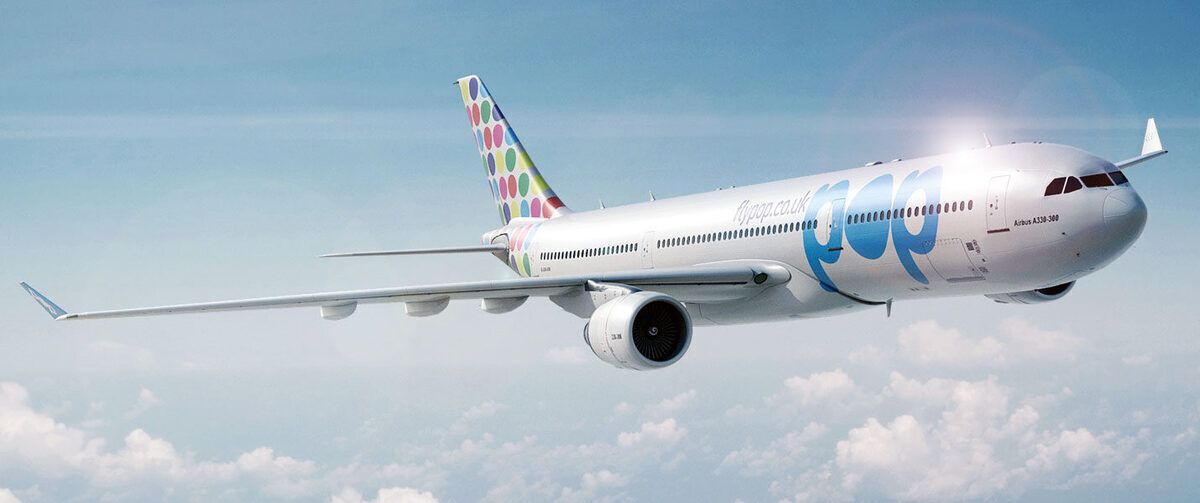
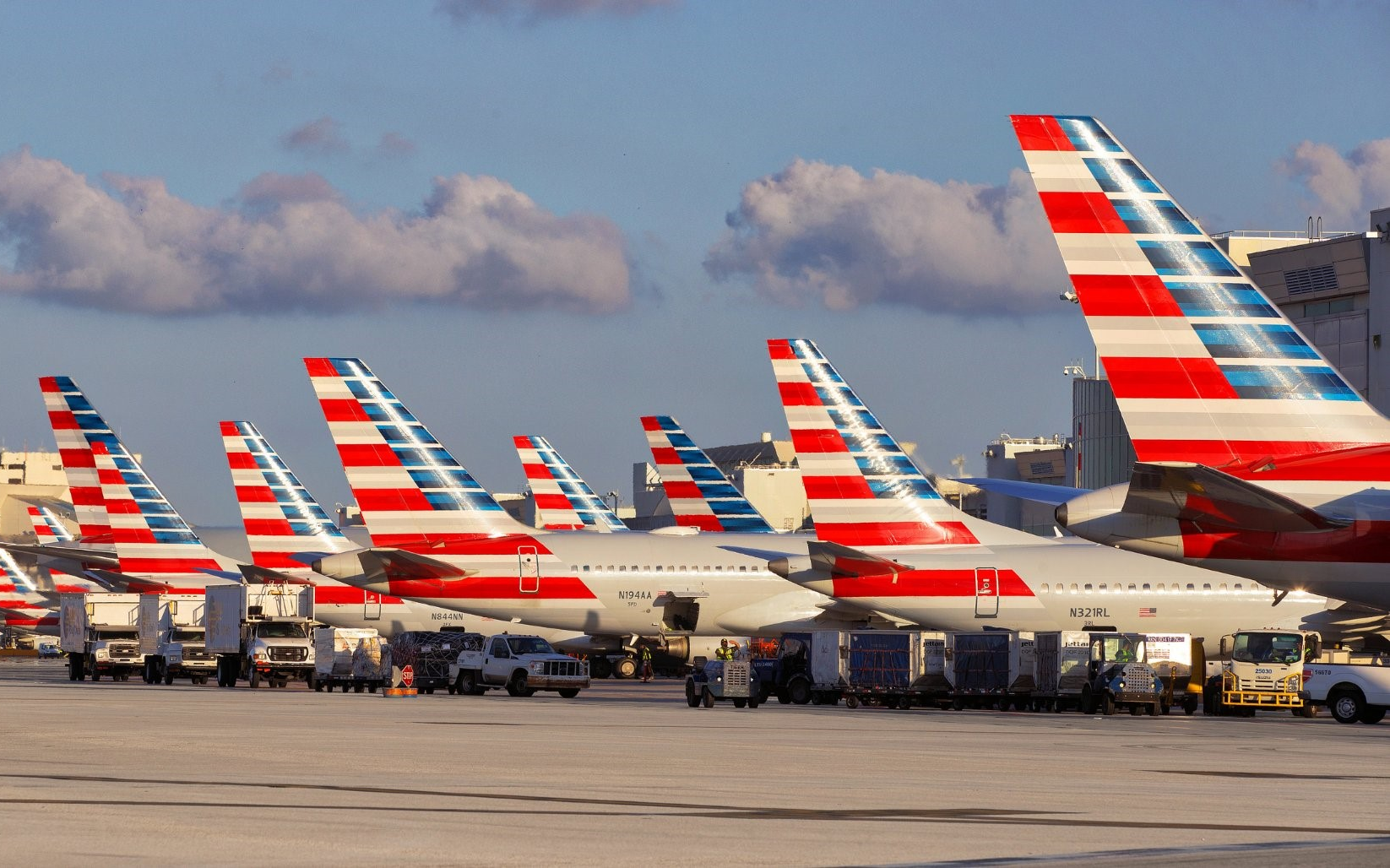
.jpg)
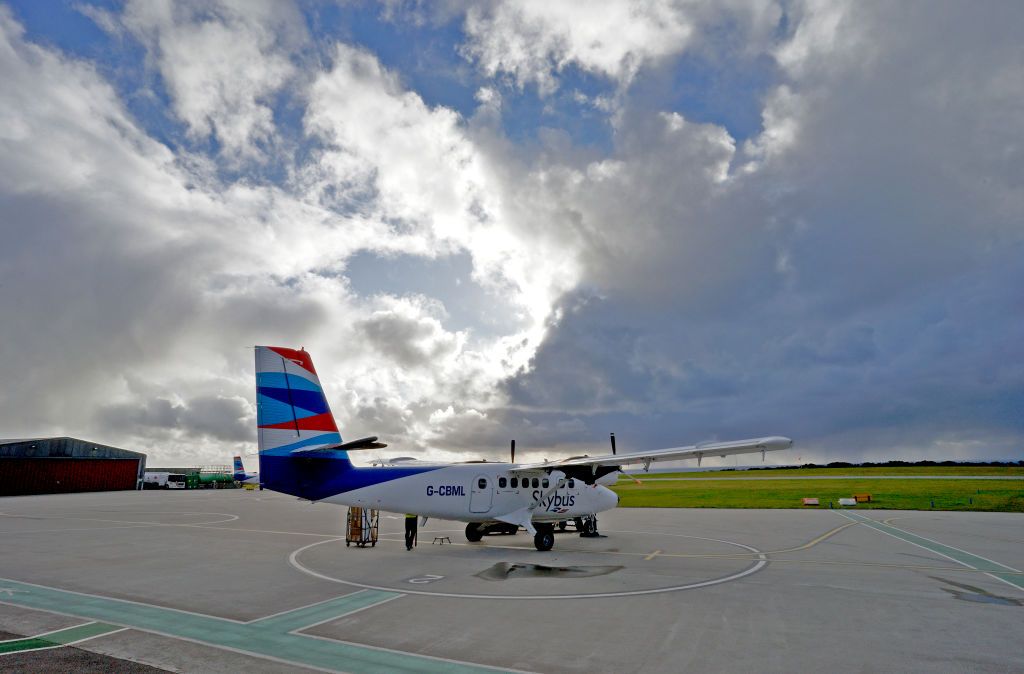
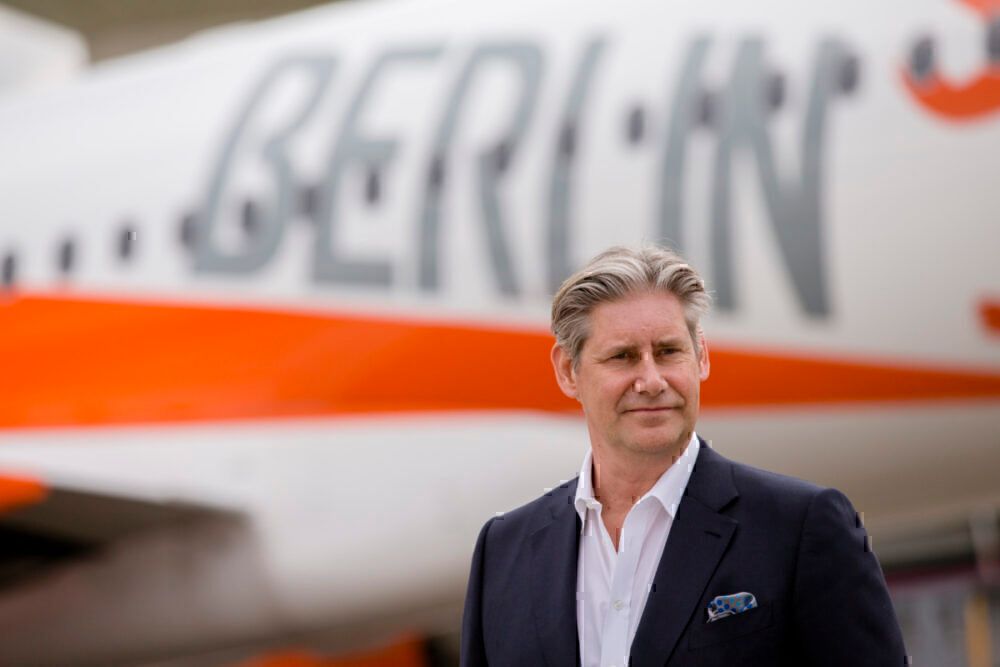
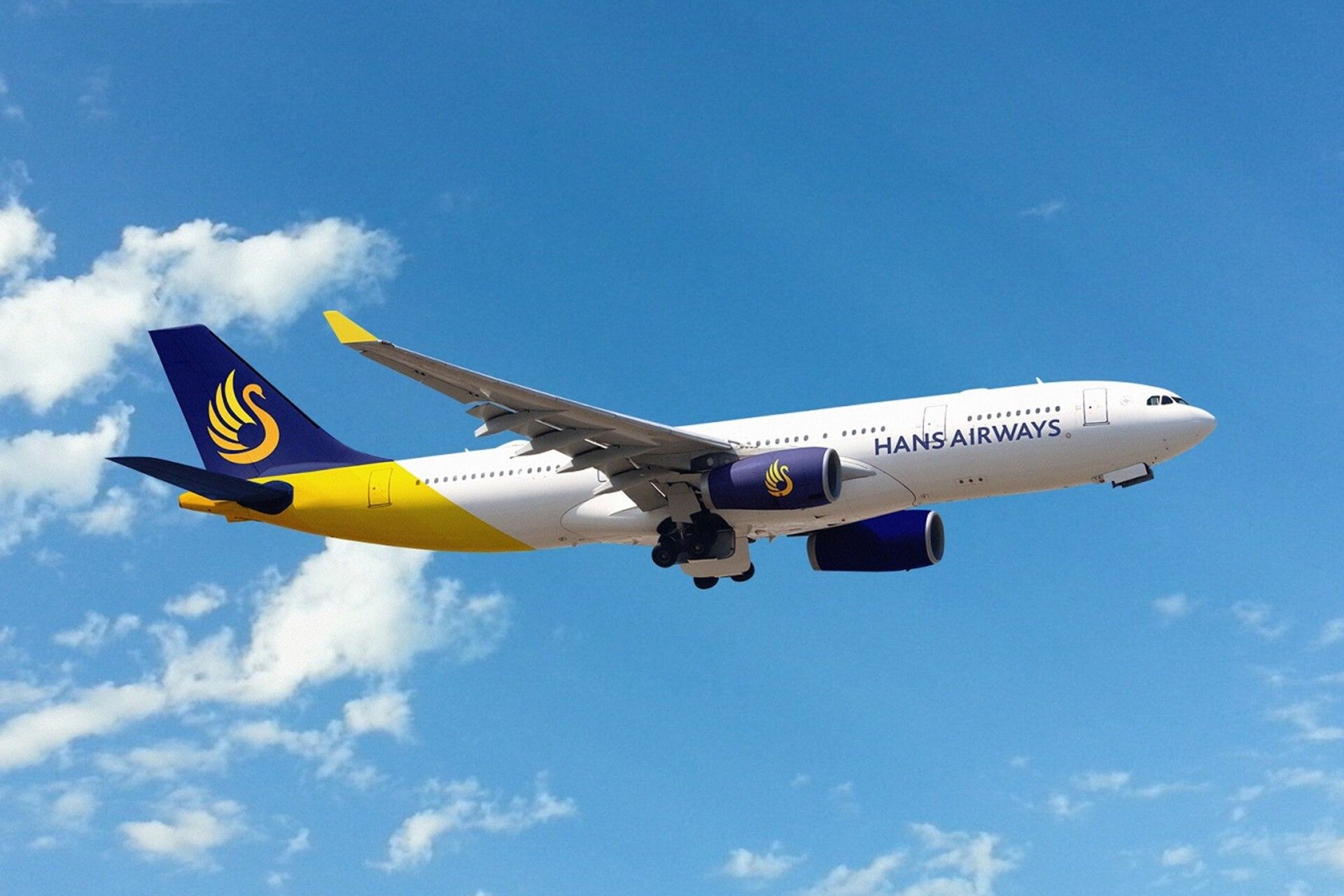
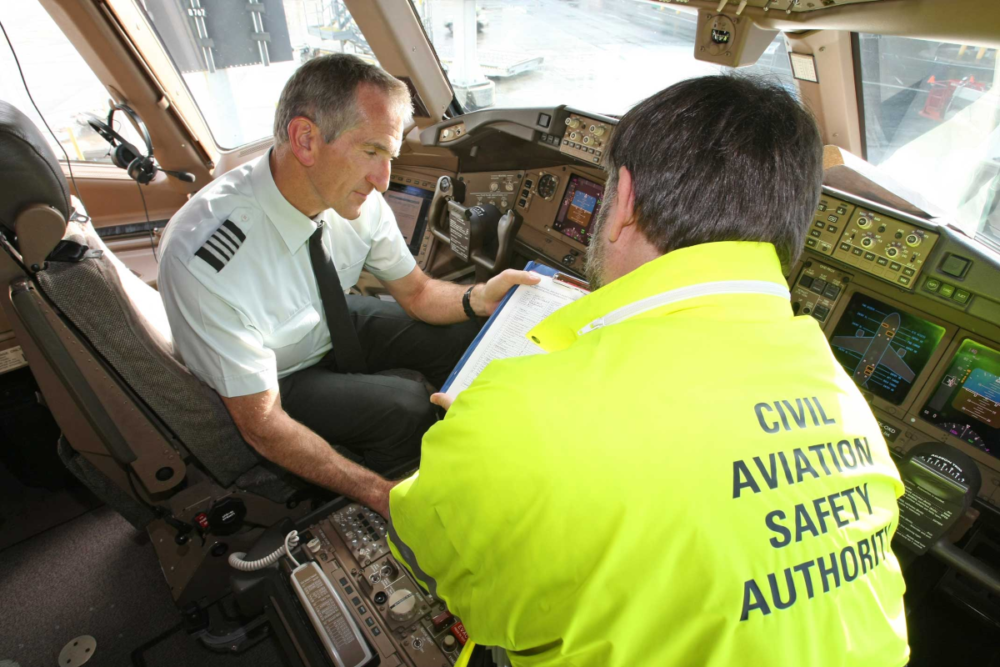
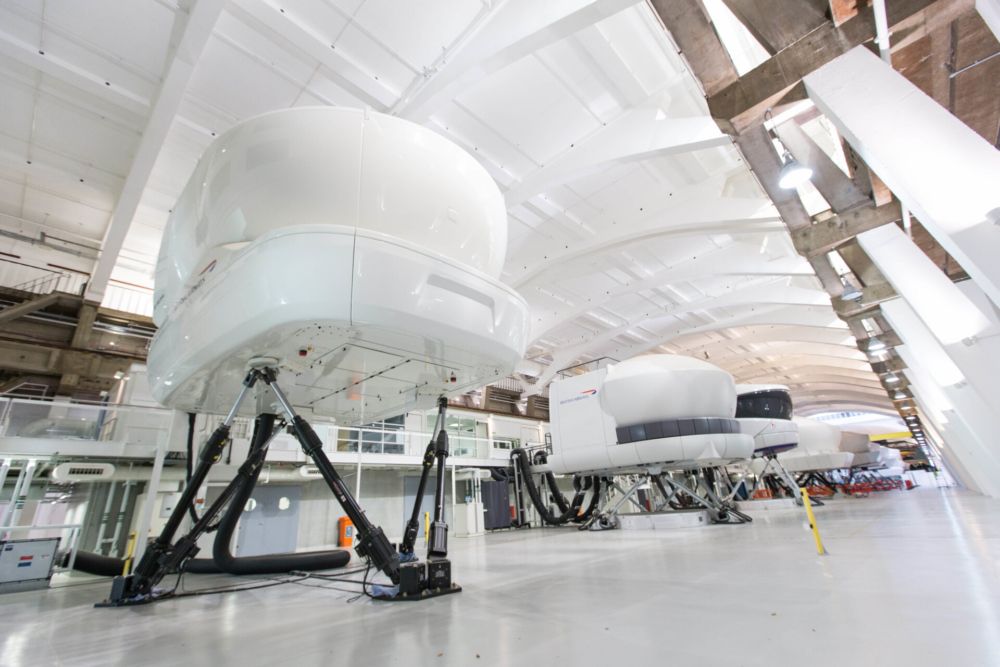
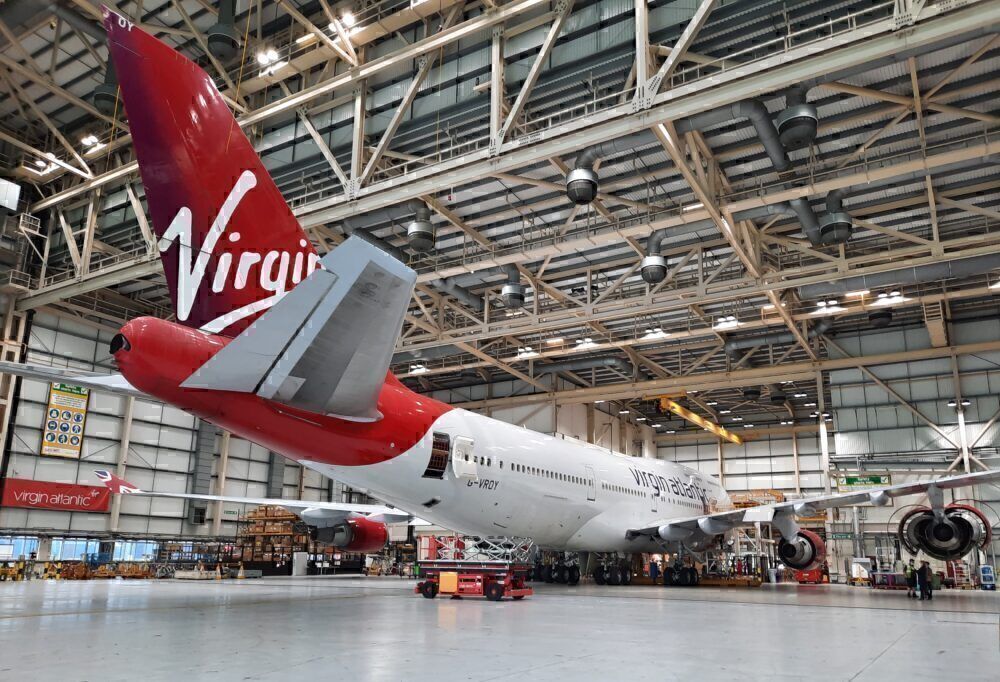
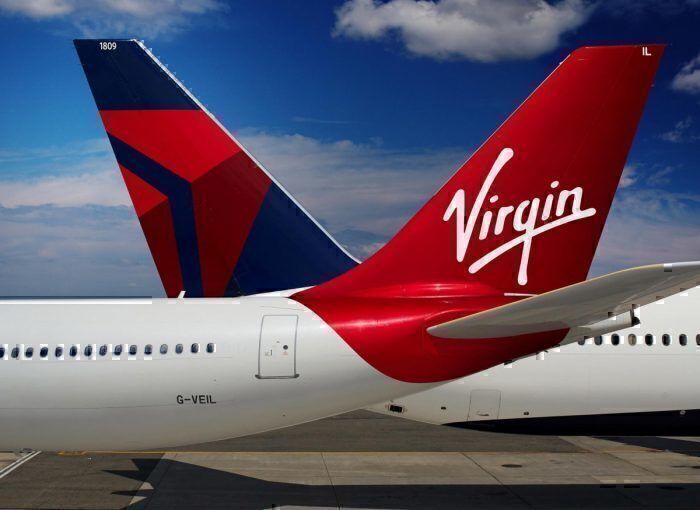
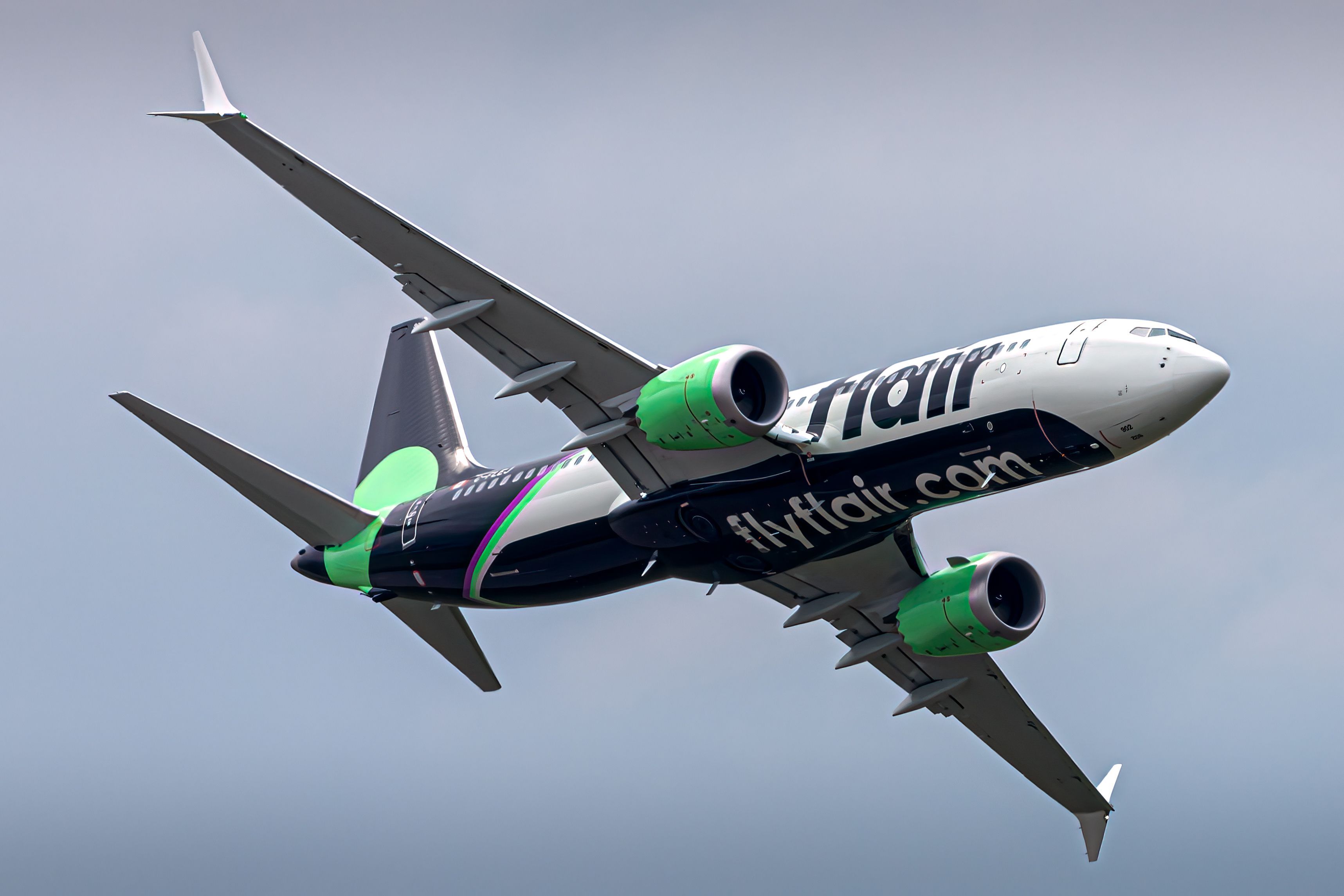
.png)
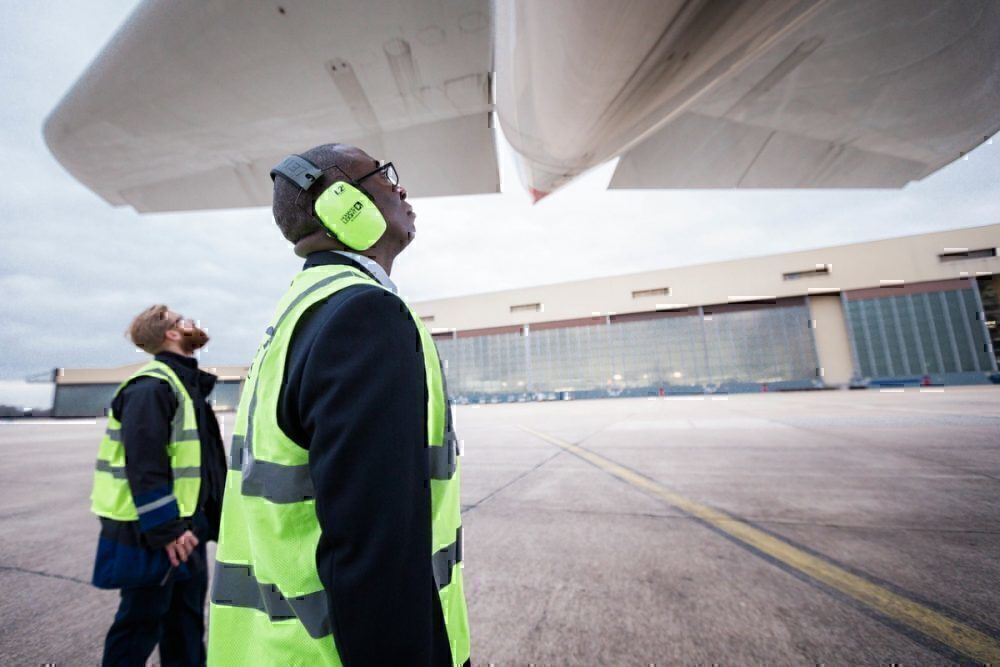
-VQ-BUC-(3).jpg)
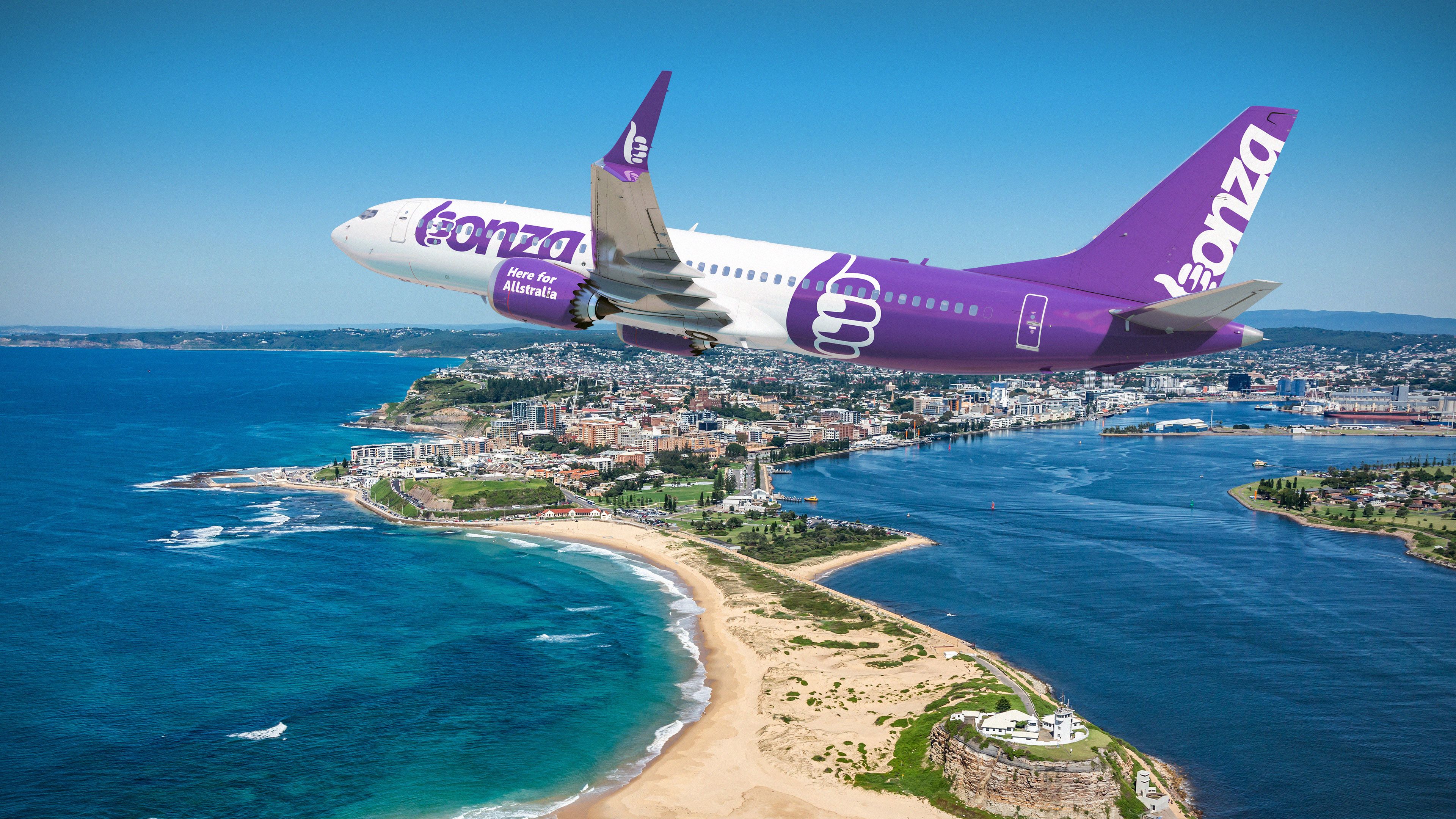
.jpg)